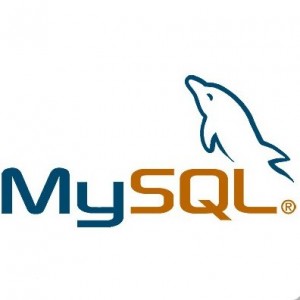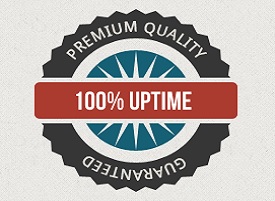by megalab.it
MySQL consente di “fotocopiare” i database gestiti da un singolo server principale su molteplici server secondari: un’ottima soluzione per distribuire il carico oppure per approntare una procedura di backup efficiente ed automatica.
Quando il carico sull’infrastruttura inizia a divenire elevato, affiancare un secondo server a quello principale è pressochè un obbligo per rimanere operativi.
Anche la versione “community” di MySQL (ovvero quella gratuita) offre una comoda funzione di replicazione che consente di “fotocopiare” in maniera del tutto automatica i dati immessi sul primo server anche sull’altro(oppure “sugli altri”, in caso le macchine impiegate siano più numerose).










